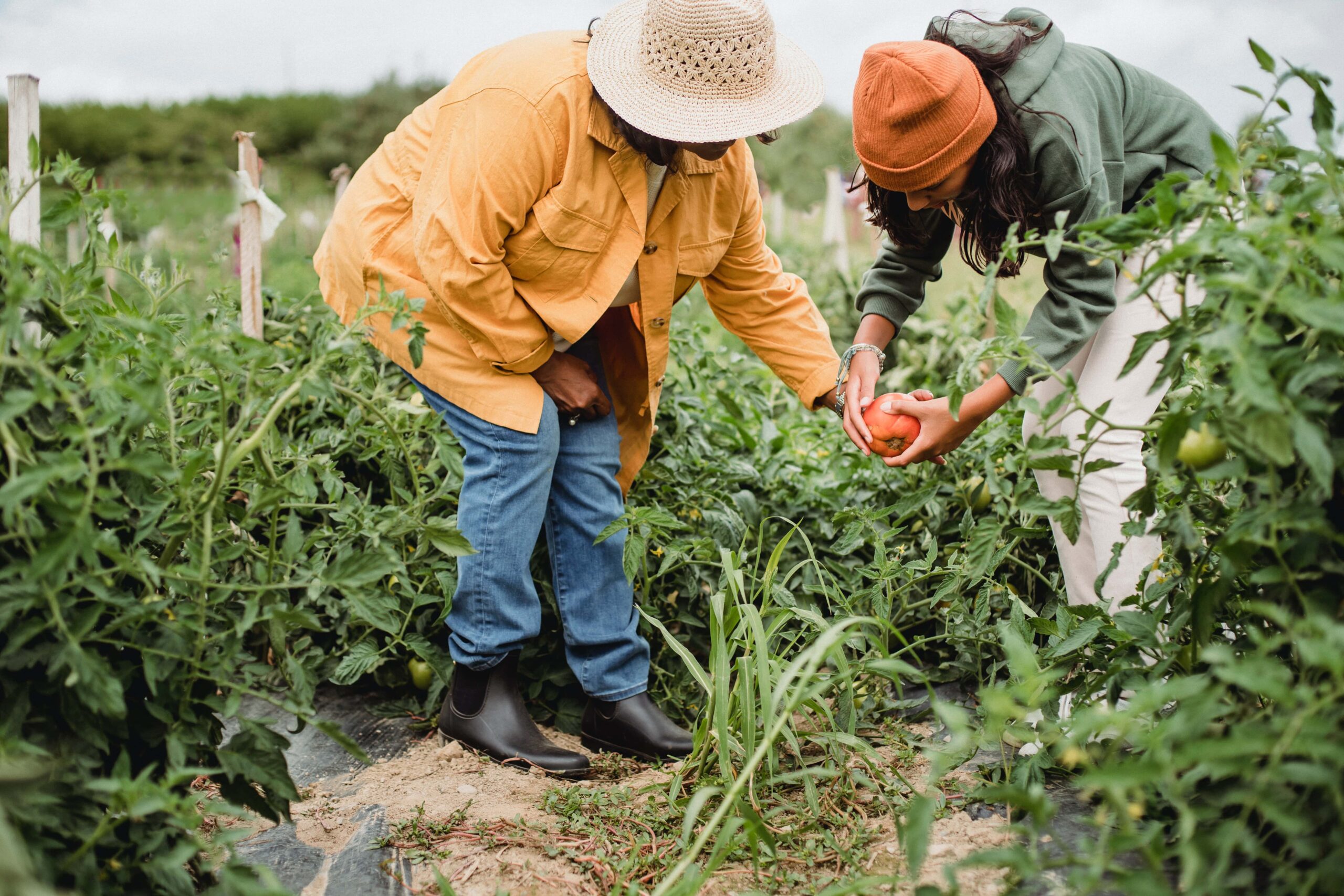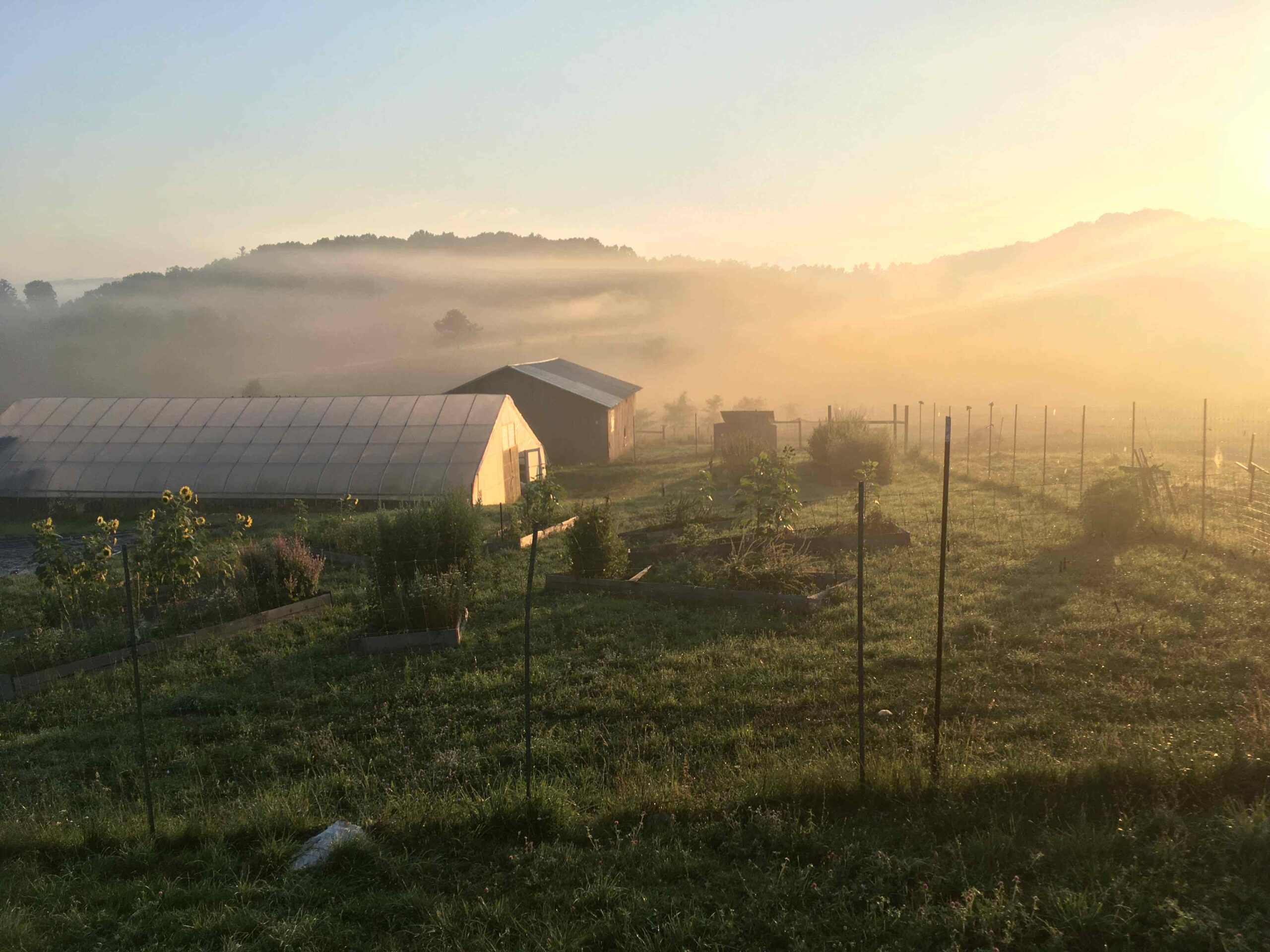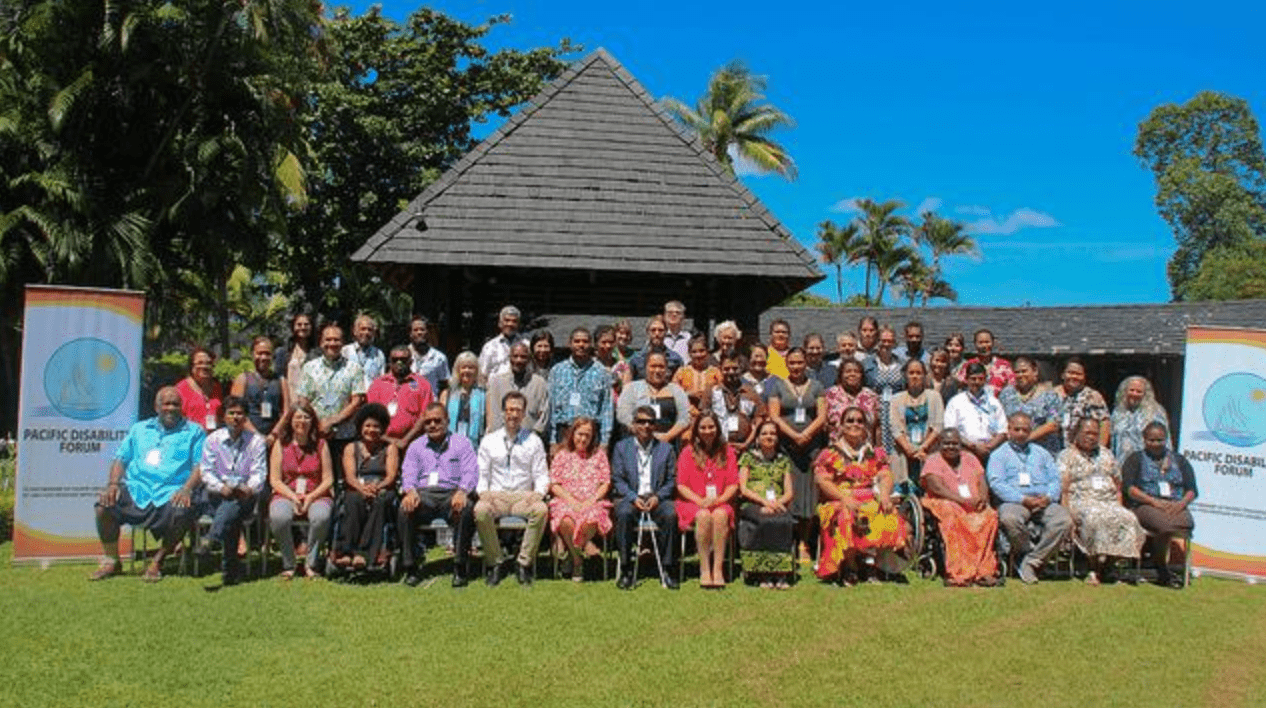The Marin Agricultural Land Trust this week announced a gift that could start a new chapter for the nonprofit: Corey Goodman and Marcia Barinaga’s bequest of their 823-acre ranch in Marshall.
It’s the first time anyone has left a ranch to MALT, which has purchased over 46,000 acres worth of agricultural conservation easements since Ellen Straus and Phyllis Faber founded it in 1980. But for ranchers who don’t have a natural heir or children who want to continue in the family tradition, bequeathing ranches to MALT could become another way to ensure that the highly desirable acreage doesn’t fall victim to continually rising land prices.
The Barinaga Ranch, which has panoramic views of Tomales Bay, new barns and a stunning home built in recent years with reclaimed wood, is easily worth millions of dollars.
“We’re honored that Corey and Marcia would entrust us with their ranch. It’s a true testament to their love of the land and their concerns for the future of agriculture in Marin,” said Jamison Watts, the group’s executive director. “There’s no reason why this can’t be a model for other landowners, whether [their lands are] MALTed or not.” Mr. Watts said the nonprofit will likely sell the ranch to an agriculturalist and use the proceeds to purchase more easements.
Mr. Goodman and Ms. Barinaga purchased the ranch, which has been under a MALT easement since 1988, in 2001, after owning a bayside home in Marshall for many years. Ms. Barinaga has a degree in biology and worked as a journalist for outlets like Science magazine. But her roots—her grandfather was a Basque sheepherder who immigrated to Idaho, where he started ranching—pulled her into a new life raising sheep, and she produced her first batch of Basque-style sheep cheese in 2009. Her award-winning Txiki and Baserri cheeses are featured in restaurants from the wine country to Los Angeles.
The ranch’s former owner, Bill Barboni, still grazes cattle on about two-thirds of the land. At first, he was hesitant to sell to the couple. Mr. Goodman, an academic-turned-biotech entrepreneur, recalled: “Both of those things raised red flags, because he thought, ‘Who are we bringing into the ag community?’”
Mr. Barboni explained that he, like many ranchers, fear buyers who don’t care about agriculture. “I think a real challenge to those of us in ag are estate buyers buying large pieces of property, who are not interested in being in the ag community,” he said. “They’re less likely to want to rent or lease to those of us who want to use the land, so those are concerns we all had. We thought, well, we just didn’t know [what would happen]. Then [Corey and Marcia] became advocates for the ag community and graciously worked with me on a lease. So they’re pretty much putting their money where their mouth is.”
But now, Mr. Goodman and Ms. Barinaga share those fears about who will run the ranch once they pass away. “We don’t have kids, so we have to think hard about what we’re going to do with our money and our estate. Who will make sure the ranch stays as part of the ag community? Not that we’re planning on leaving soon, but Marcia’s attitude is, ‘What if we’re in a little plane somewhere…and the plane is going down? Wouldn’t you like to know everything’s all set up?” Mr. Goodman said.
Though the ranch is already under an easement that prevents non-agricultural development, it doesn’t expressly mandate agriculture. MALT recently began purchasing more protective easements from ranches that require active agriculture, and the bequest stipulates that the ranch will automatically convert to a newer, more protective easement when MALT inherits the land.
But the couple’s lack of heirs means that a rancher will still need to come up with a sizeable chunk of money to buy it. If they left the ranch to a trustee who decided to sell it, Mr. Goodman said, the trustee would be obligated to sell to the highest bidder and not necessarily to the person with the purest agricultural vision. They worry that someone lured by the unbeatable views and the possibility of an estate might not be dedicated to maximizing the working landscapes.
If MALT inherits the land, Mr. Goodman went on, those fears disappear, since the group could handpick who runs the ranch. In fact, aside from a few stipulations—the dairy sheep can’t be sold for slaughter, and their workers will be entitled to keep their jobs for at least a year after the nonprofit takes over—MALT could “be creative” with how it uses the gift.
“I would much rather they be in charge [of the ranch’s future],” Mr. Goodman said. “The concern is that, when you’re thinking long term where you want to leave a big chunk of money, will the vision and principles will be maintained? MALT has a clear mission. Its [board] members have changed, but it’s been true to its principles.”






